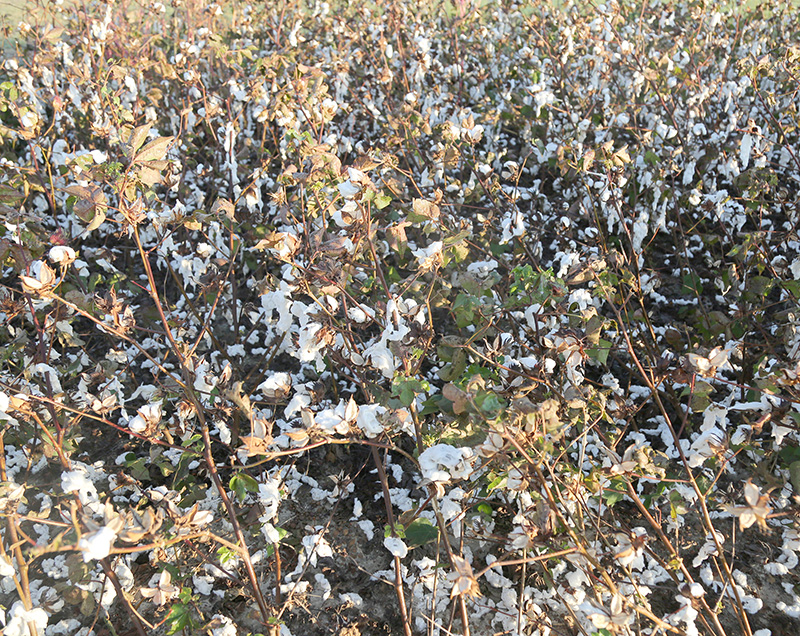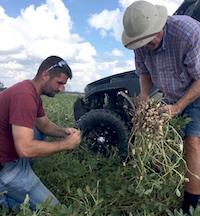Due to losses suffered during the last growing season and new tariffs, Georgia farmers are facing a sense of uncertainty surrounding the upcoming production season, according to University of Georgia agricultural economist Adam Rabinowitz.
Just four months removed from Hurricane Michael — the devastating October storm that contributed to more than $2 billion in agricultural-related damage — farmers are unsure of how to proceed. Crop insurance does not fully cover those losses.
Farmers are also unsettled about the current tariffs and how they will impact commodity prices that are already extremely low.
“We had the market facilitation program last year to cover some of those losses that were a result of trade and (U.S. Secretary of Agriculture) Sonny Perdue has said he doesn’t want to do that again this year,” said Rabinowitz, an assistant professor with the UGA College of Agricultural and Environmental Sciences. “If those tariffs do not get removed, then there’s questions on what’s going to happen in terms of prices and indications are there will not be any other type of government support.”
The growing season is just around the corner for Georgia row crop farmers who are trying to figure out what to plant and how much.
Corn producers usually begin planting their crop in late March and early April. Rabinowitz believes Georgia’s corn acreage could increase this year depending on the future of soybean exports to China. Prices remain at $4 per bushel, though Rabinowitz believes an increase to $4.50 is likely.
Cotton prices are 71 cents per pound, far below the 93 cents per pound farmers received last June. Georgia producers planted 1.45 million acres in 2018, an increase from the 1.28 million acres in 2017. If cotton prices continue to drop, farmers may shift some of those acres to peanuts.
However, Rabinowitz believes peanut farmers need to continue to reduce peanut acreage if prices are going to improve. Georgia produced 628,000 acres last year, down from 714,168 acres in 2017. Another 5 to 10 percent reduction in peanut acres would start to move prices favorably for farmers, he said.
Peanut prices range between $400 and $430 per ton depending on peanut type.
“There’s certainly hope for higher prices, but it doesn’t look like there will be on the row crop side. There may be a little bit of an increase on corn, but the fact that we’re going to see increased acreage in the U.S. just because prices have gone up a little means that, overall, it’s not going to be that impactful,” Rabinowitz said.
More discouraging news for farmers is that, while prices remain low, input costs are rising.
“We’re seeing some increases on fertilizer costs, machinery, labor, interest rates. They’ve all gone up a little bit,” Rabinowitz said. “Diesel prices have come down, so that certainly helps.”
Land values remain stable, with a small decrease on the cost of irrigated land rent. This is good news for farmers who need equity when they apply for this year’s loans.
For a copy of this year’s Enterprise Budgets and Crop Comparison Tool put together by Rabinowitz and other economists in the UGA Department of Agricultural and Applied Economics, see http://agecon.uga.edu/extension/budgets.html.








.jpg)
